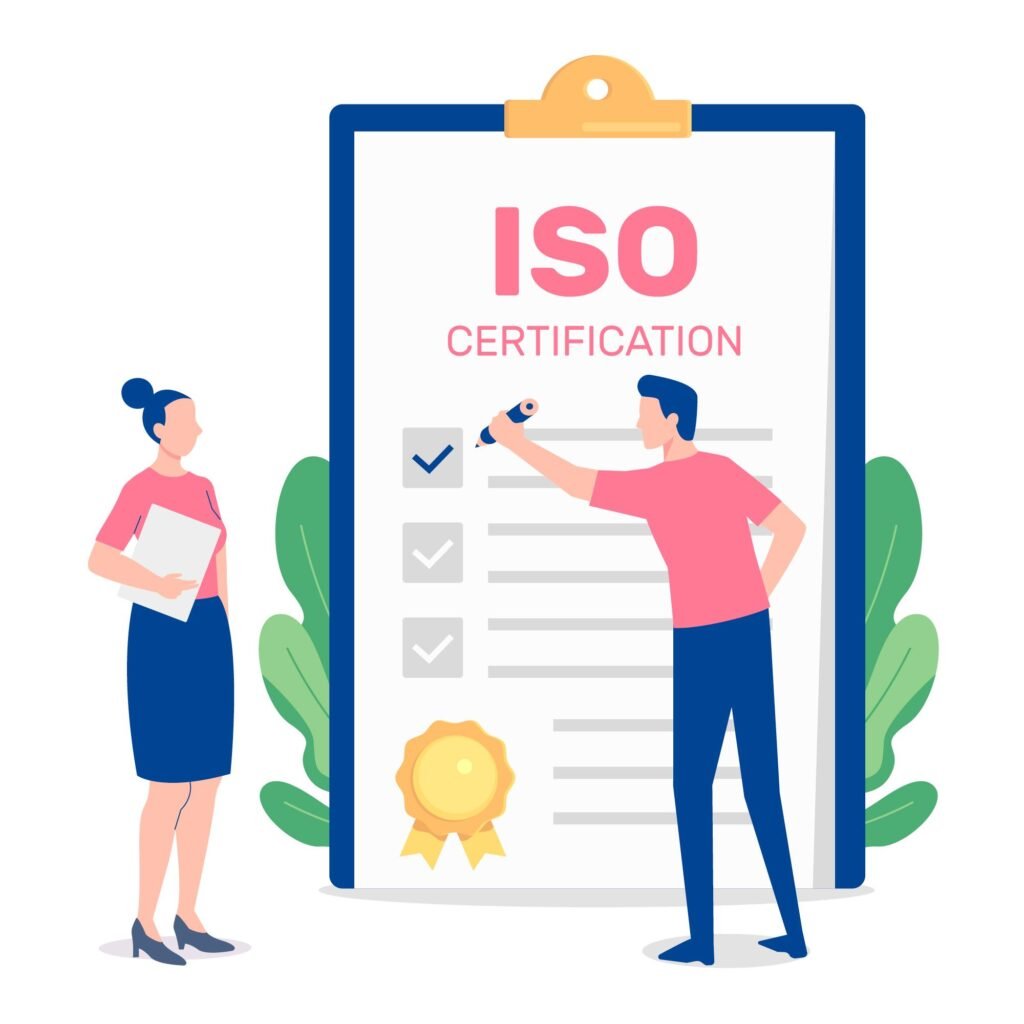Obtaining ISO 9001 certification in Singapore involves a series of steps that organizations need to follow. ISO 9001 is an international standard for quality management systems, and getting certified demonstrates a commitment to delivering high-quality products or services. Here is a general guide on how to achieve ISO 9001 certification in Singapore:
- Understand the Standard: Familiarize yourself with the requirements of ISO 9001:2015. This version of the standard focuses on a process-based approach to quality management.
- Management Commitment: Ensure that top management is committed to implementing and maintaining the quality management system.
- Create a Quality Management System (QMS): Develop and document a QMS that meets the requirements of ISO 9001. This includes defining processes, responsibilities, and procedures.
- Employee Training: Train employees on the requirements of ISO 9001 and how their roles contribute to the QMS.
- Internal Audits: Conduct internal audits to assess the effectiveness of the QMS and identify areas for improvement.
- Management Review: Hold regular management reviews to evaluate the QMS and make necessary adjustments.
- Corrective and Preventive Actions: Establish procedures for addressing non-conformities and implementing corrective and preventive actions.
- Documentation: Maintain proper documentation of your QMS, including policies, procedures, and records.
- Select a Certification Body: Choose an accredited certification body to perform the external audit. In Singapore, certification bodies should be accredited by the Singapore Accreditation Council (SAC).
- Stage 1 Audit: The certification body will conduct an initial assessment (Stage 1 audit) to evaluate your documentation and readiness for the full audit.
- Stage 2 Audit: The certification body will perform a more thorough audit (Stage 2) to ensure that your QMS is effectively implemented and meets the ISO 9001 requirements.
- Certification Decision: If the certification body determines that your organization meets the requirements, they will issue an ISO 9001 certificate.
- Continuous Improvement: Continuously monitor and improve your QMS to ensure ongoing compliance with ISO 9001.
It’s important to note that the specifics of the process may vary slightly depending on the certification body chosen. Additionally, the SAC is the national accreditation body for Singapore, and they accredit certification bodies operating in the country.
Before starting the certification process, it may be helpful to seek guidance from consultants or experts in quality management systems to ensure a smooth and successful certification journey.











